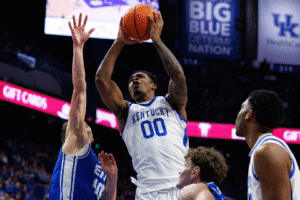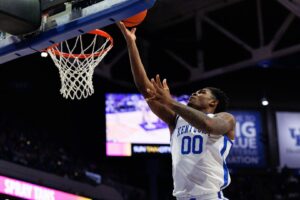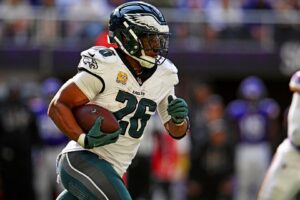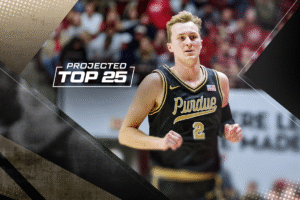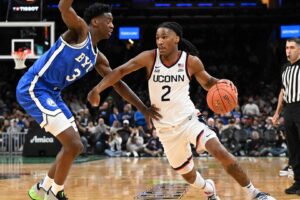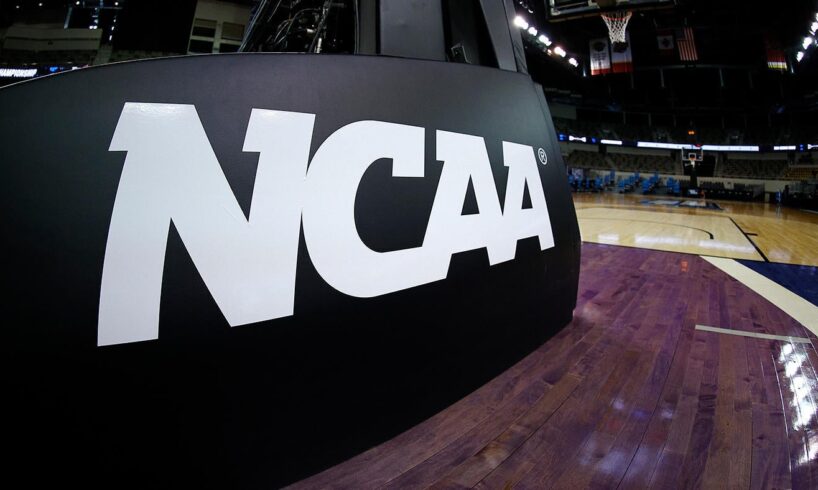
Judge Claudia Wilken approved the House v. NCAA settlement late Friday, ending three federal lawsuits that alleged the NCAA was illegally limiting the earning power of student-athletes in college. CBS Sports’ John Talty has a nice piece on it. My favorite line is his last.
“There’s never been a better time to be a lawyer with an interest in college sports.”
Yeah, that’s where this is headed.
What happened Friday in California is significant, no doubt. But anybody describing it as a solution to the issues ailing college athletics simply lacks an understanding of the history of NCAA sports and exactly what will and won’t be allowed moving forward.
The end of chaos?
Nah.
It’ll just be a different kind of chaos that leads to more legal threats and billable hours than you can wrap your mind around. Plus, high-level cheating will return. Oh, we’re back baby! Illegal cash-deals are on tap.
The biggest winners and losers from House v. NCAA settlement: Amateurism is dead and the class divide grows
John Talty
Before I explain why, let’s go over the basics.
This settlement will allow schools to start directly paying athletes — for the first time ever — next month with an expected salary cap of roughly $20.5 million. That’s $20.5 million for all sports to be distributed however each school sees fit. Additionally, all future NIL deals between boosters/collectives and athletes will be vetted by a new entity designed to ensure they’re for valid business purposes and not merely the kind of recruiting incentives that have been flying around the country in recent years.
That paragraph is littered with problems.
Let’s start with the salary cap. Simply put, it won’t work as intended.
As Matt Norlander and I…
..

